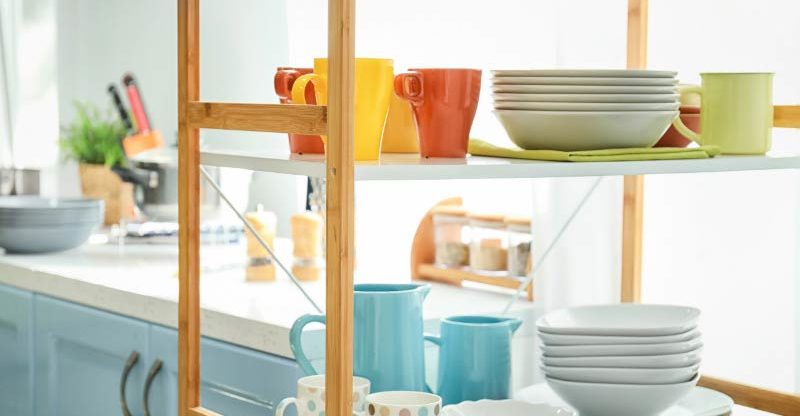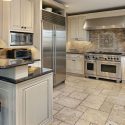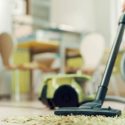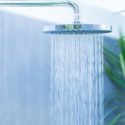10 Ways – How To Keep Kitchen Clean Daily & 7 Tips For Floor
Cleaning the kitchen is a very thankless chore. It feels like drawing lines in the sand at the beach. No matter how often you clean, the gunk just seems to come back sooner rather than later.
We all cannot decide which kitchen stuffs are needed?
But for the sake our health and that of our families, kitchen cleaning is a very vital task. It is not something trivial enough to be ignored at will. Constant effort is needed to maintain this zone clean and healthy.
How To Keep Kitchen Clean Daily?
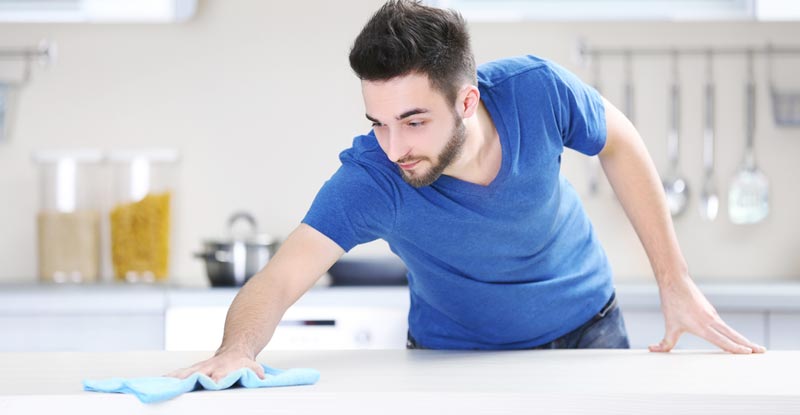
1. how to keep kitchen clean daily with a Dustbuster
The kitchen is ground zero as far as untidy spills, splashes and splatters are concerned. Dust is not your only nemesis here. Along with dirt, you will also encounter sticky liquids, oils, and remnants of other foods.
And you cannot just leave them lying around for fear of food poisoning and contamination. So you have to vacuum this area, tough as it may be.
2. Why Is It Tough To Vacuum Kitchen?
To be precise, vacuuming a kitchen is not impossible. A better word would be tedious. And it can be a bit challenging as well, due to those tight nooks and crannies. Any number of cupboards and shelves also create a formidable obstacle. Spilled liquids and oils also make things worse.
3. How And When To Proceed?
With the right technique, you can use a vacuum on just about any surface. They are not just for carpets and floors alone. The best thing to do is to maintain a strict schedule.
Regular cleaning prevents accumulation of hard to remove dirt, grime, and stains. Do the floor twice a week, and other closed storage spaces at least once a month.
4. Cleaning The Stove Top
Start with the gas burners. These have to be cleaned with warm soap and water frequently. If they are dishwasher friendly, throw them in after an initial wipe.
Use soft sponges to wipe coated grates. Scrub the uncoated grate variants with pads. Use sponges or wipes to clean the stove surface. Apply soap or Clorox to remove any grease stains.
Use mild soap on other surfaces like control knobs and vent hoods. Use a damp cloth to wipe away the soap, and use a dry cloth to wipe clean. Soak the vent filters in warm water once a month to scrub them clean.
5. Cleaning The Oven
Start with the grates. Remove them and soak in warm soapy water for several hours. Scrub them after to remove any debris. Deep clean the oven every few months.
Use a cleaning mixture made up of 1 part salt and three parts baking soda mixed in 1 part water. This mixture can damage metal, so protect those bits with foil before applying it inside the oven.
6. Cleaning The Refrigerator
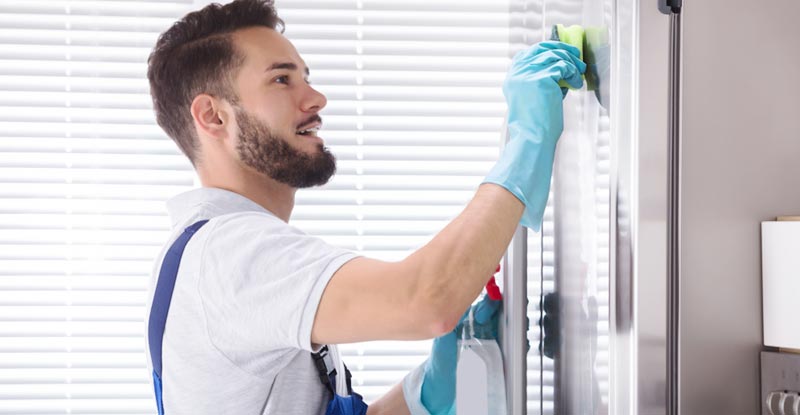
Empty your fridge. Throw away any expired or spoiled items. Wipe the inside of the fridge with a sponge and a mixture of water and baking soda. Use a damp cloth to clean everything up. Leave a box of baking soda in the fridge if it still retains a bad odor.
7. Cleaning The Freezer
Remove all frozen items and turn off the fridge (unplug it). Use a mix of water, mild soap, and white vinegar to clean the freezer. Spray it onto all the surfaces inside. Wipe everything down with a rag or sponge. Fill the freezer back up and plug the fridge back in.
8. Cleaning Cabinets And Counters
Clean all cabinets frequently, regardless of their contents. Always check the contents to ensure that none has crossed their expiry dates. Use a soapy rag to wipe all surfaces inside. To clean the front part, use a wet rag. If the parts are made from wood, try to use a wood cleaning liquid.
9. Cleaning The Sink
Clean and clear out all the dirty dishes and cutlery in the sink. Tackle the basin with a mix of sponge, soap, and warm water. Do not ignore the edge of the basin.
Use an old toothbrush to clean the fixtures and faucet. Warm soapy water will suffice here as well. White vinegar is perfect for dealing with any mineral deposits in the basin.
10. Cleaning Smaller Appliances
Always check the user manual before cleaning any small appliance. These include your toaster, coffee maker, and grinder. Use soapy water and sponge inside a microwave. Baking soda is useful for dealing with tough stains.
Top 7 Tips For Cleaning Kitchen Floors
Floors can be either tiles, laminate, stones, or hardwood, just to name a few. Methods and materials used for cleaning will vary based on the floor type. Each has its pros and cons. If one is not careful in selecting the right method and materials for a floor, it can get severely damaged in the long run.
Not cleaning the floor is even more risky, as spills and drips can lead to dangerous falls and accidents. Remember to use a damp cloth or paper towel to mop up all oil spills as soon as possible.
1. Preparation
Remove any clutter from the kitchen floor. Then get all the cleaning materials and tools together in one place. Main items are a broom, vacuum, bucket of water, mop, cleaning brush, and vinegar (for laminate floors). Keep plenty of dry towels or pieces of cloth around to remove water quickly from the floor.
2. Sweeping The Floor
Prep the floor by sweeping it to remove any large dirt particles. Make sure that the floor does not have any oil spills. Remove any grease with a damp cloth before using the broom. Clean all the nooks and corners properly. Move any appliance to clean all surfaces.
3. Cleaning The Floor Using A Vacuum Cleaner
After the broom comes to the real cleaning process. A vacuum is a safe and easy way to get things started. It is much easier than the manual route, which involves using a mop or brush.
Use a vacuum cleaner to remove the fine dirt and dust particles from the air as well as the floor. There are both corded and cordless variants available. These days, even automated or robotic vacuum cleaners have also become very popular.
4. Selecting A Proper Vacuum
There are various models, like upright, canister, and stick designs. Of these upright is best for carpeting, while bare kitchen floors are best suited for canister vacuums. If you want to pick up the mess from the floor, stick models and perfect.
5. Cleaning The Floor Manually
Manual cleaning is the only option if you don't have a vacuum to do the job. This involves using either water or soap liquids and a mop. For floors with ceramic tiles, use a mop and warm soap water.
Use moist cloth for laminate floors. A damp cloth is also the best option for hardwood surfaces. Cleaning detergents can destroy these types of floors.
Food stains may not get removed by mop or rags. Scour stains using a Scotch Brite pad.
6. Scrub The Floor Beforehand
Incidentally, vacuums do not effectively remove dirt without proper prep work. On kitchen floors, dirt gets stuck to gooey liquids and oil spills. These cannot be dealt with using the vacuum alone.
Manual cleaning using a scrubber and soap water is essential for these sticky spots.
7. Ceiling And Walls
In the kitchen, even the walls and ceiling get grimy and dirty. This is due to all the steam and vapors coming from the cooking dishes. To deal with these, use a wall and ceiling brush. Some might be in really hard to reach spots.
Hygiene is important in our homes. But nowhere is it more important than in the kitchen. The constant presence of food particles provides an attractive haven for all manner of pests and bugs. These range from irritating ants to downright dangerous bacteria and fungi.
Only through constant vigil and cleaning efforts can we keep these dangerous things at bay. And it is well worth the effort and cost, as the dangers involve illness and medical bills in the long term.

